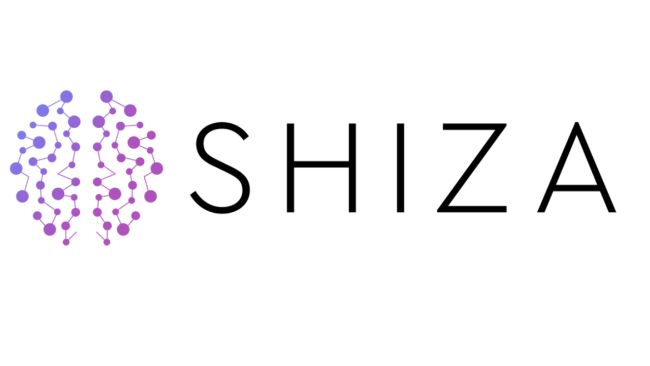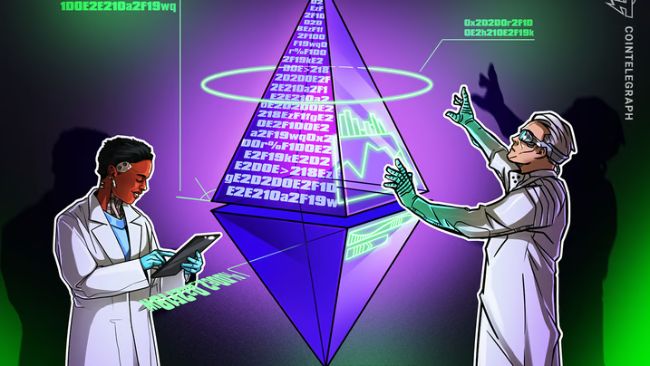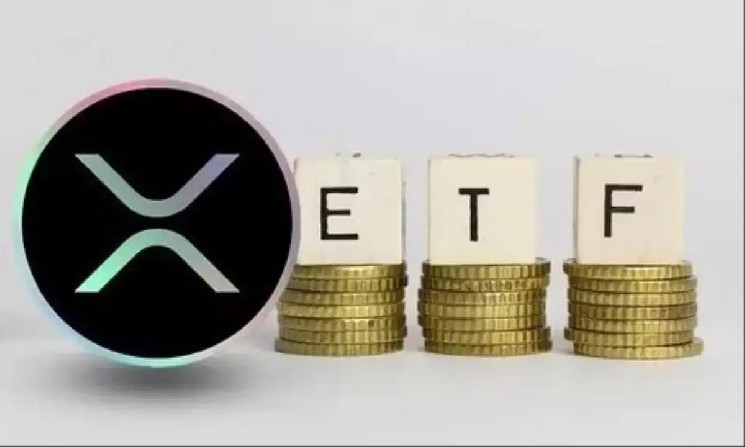Ethereum layer-2 network StarkNet has announced that it will launch Bitcoin staking by Q3 of 2025. In a post on X, the L2 stated that Bitcoiners will now be able to enjoy sustainable rewards by staking their assets on its network.
According to the network, the move is part of its Hyperbitcoinization efforts. StarkNet had announced in March that it would become a scaling layer for both Bitcoin and Ethereum in order to unlock decentralized finance opportunities on the two networks.
The L2 said in its announcement:
“Bringing sustainable rewards for Bitcoiners, stronger security for Starknet, and new building blocks for devs – all at low cost. Hyperbitcoinization on Starknet isn’t slowing down anytime soon.”
Interestingly, the announcement did not include any further information on the exact date for the launch or how Bitcoiners will be able to stake. However, information on its website states that users will soon be able to stake the major Bitcoin wrappers. Wrapped Bitcoin tokens, such as WBTC, cbBTC, UBTC, iBTC, and others, will be likely eligible for staking.
Over 200 million STRK tokens staked on StarkNet
The move to enable Bitcoin staking comes less than a year after StarkNet became the first major Ethereum L2 to enable staking after completing the first phase of its Proof of Stake (PoS) transition.
The switch to PoS, which is intended to decentralize the network, has also become an opportunity for STRK holders to earn more rewards on their tokens. Anyone with 20,000 STRK tokens can stake to become a validator, while other users can delegate their tokens.

StarkNet staking metrics (Source: StarkNet)
So far, 261.27 million STRK tokens have been staked on the network by 105 validators which is still a small percentage of its 2.9 billion circulating supply. However, almost 69,000 holders have actually delegated their tokens to take advantage of the annual percentage rate (APR) of 9.90%.
StarkNet’s staking mechanism is similar to that of its mainnet Ethereum, with slashing as a penalty for validators who fail to perform their tasks or act maliciously. Delegators and validators also have to wait 21 days to get their staked tokens and rewards upon withdrawal.
With staking rewards paid out exclusively in STRK, Bitcoiners who stake on the network could get to earn STRK. The token is trading at $0.1518 after gaining 2.41% in 24 hours and 11.57% in the last seven days. However, it is down 68.21% year to date.
Bitcoin staking market is growing
Meanwhile, StarkNet’s venture into the Bitcoin staking market means it is joining a growing market. Bitcoin staking has become one of the fastest-growing sectors, with protocols seeking to take advantage of the massive liquidity in the network for DeFi opportunities.
According to DefiLlama, Bitcoin staking and restaking account for more than 80% of the $5.86 billion in DeFi total value locked (TVL) on the network. One platform, Babylon Protocol, alone has $4.6 billion in TVL.
Babylon allows BTC holders to earn yield on their assets when they stake it through the protocol, while it uses the staked BTC for liquidity and security on PoS networks. The protocol already has over 57,000 BTC staked and recently launched its own Layer-1 network, Genesis, which is essentially a staking network.
Beyond Babylon, several other platforms also offer staking, restaking, and liquid staking for Bitcoin. These include Lombard Finance, exSat Credit Staking, Coffer Network, b14g, Chakra, and alloBTC.















Leave a Reply